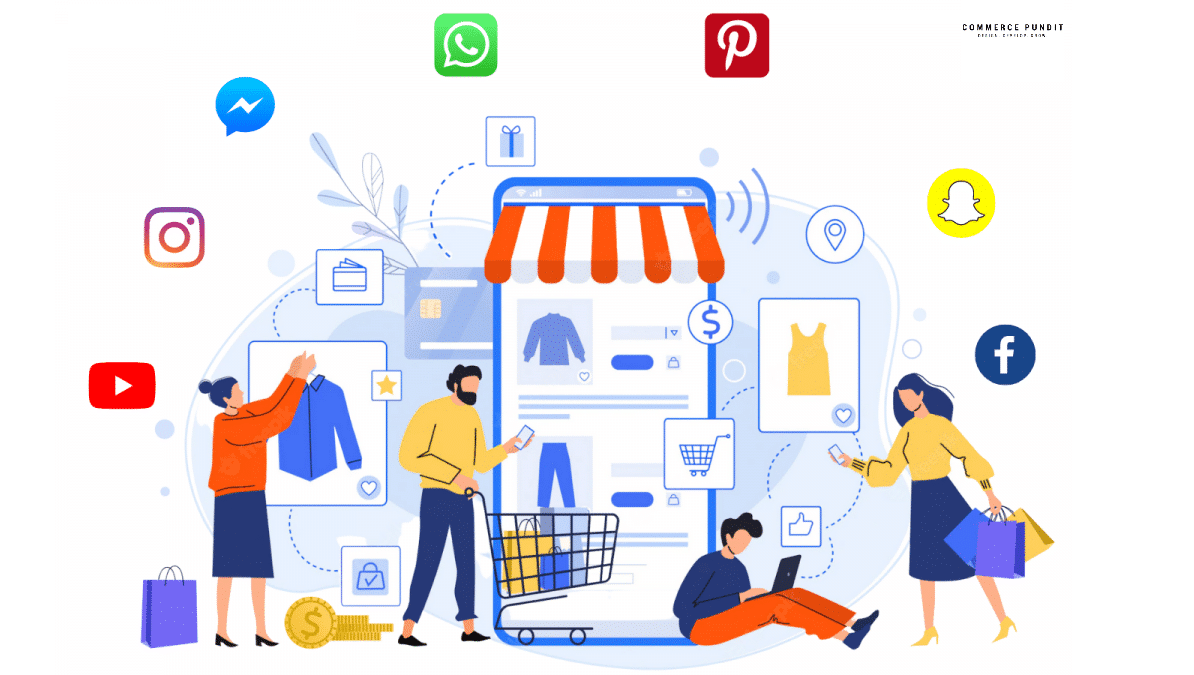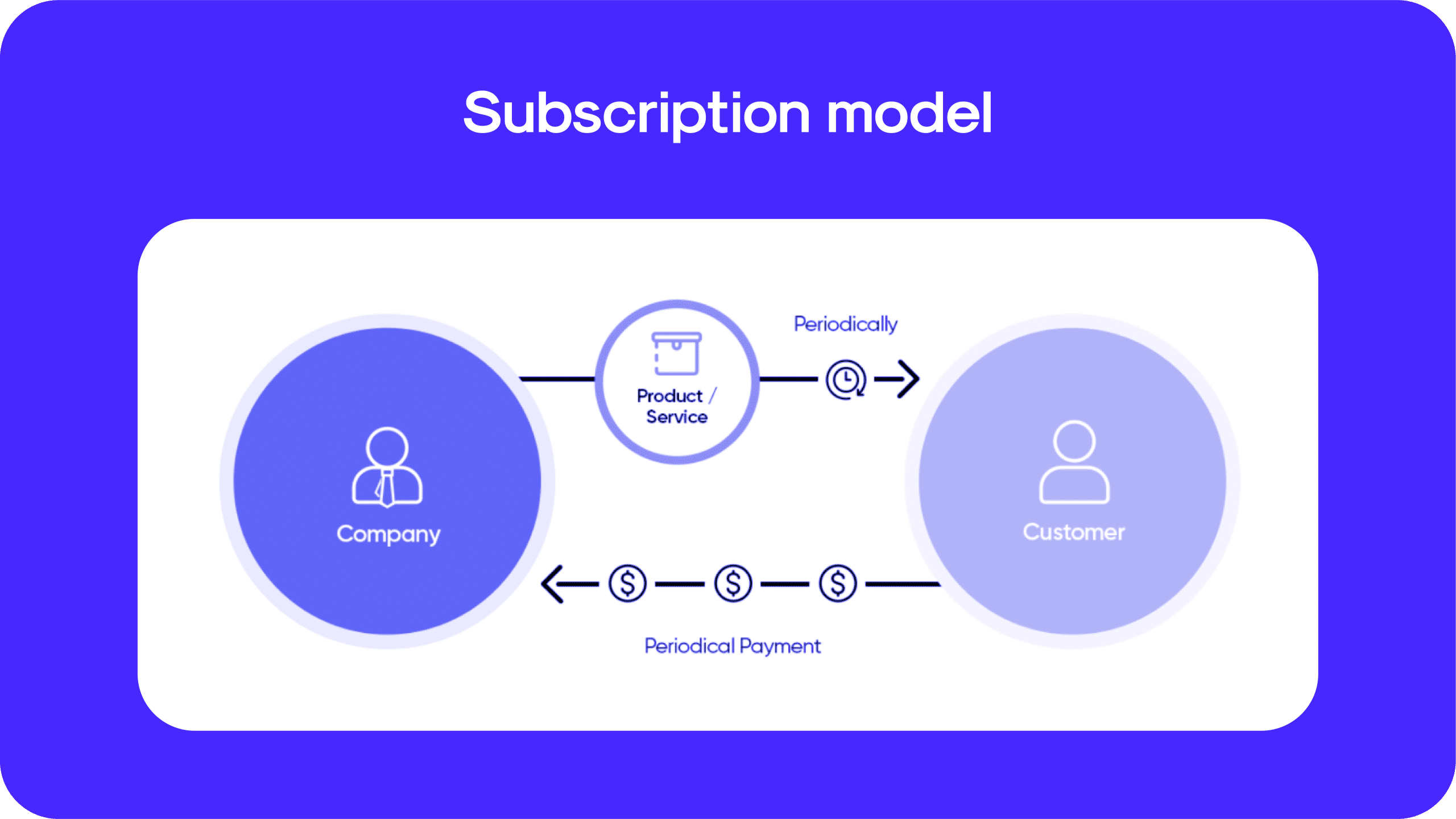Social Media Transparency
Social media platforms are increasingly focusing on transparency and privacy to rebuild trust with users in the wake of past data and security scandals. As a result, businesses must adapt strategies that prioritize transparency while navigating evolving privacy policies. Brands should be transparent about the data they collect and how they use that data. Simply put, be clear and upfront with any social media followers about what data is being accessed and how it will be utilized. This includes data collected through tracking pixels, cookies and other technologies on social platforms. Provide choices and ensure consent for the use of followers' data.
The Rise of Social Commerce on Social Media
Social media platforms are increasingly integrating e-commerce features to enable social shopping and sell products directly to users. This trend of "social commerce" looks set to grow in the coming years. Here are key aspects of this convergence of social and commerce: Shopping Integrations - First, many social apps now offer native shopping commerce capabilities. Instagram enables shoppable posts through taggers. Facebook has Facebook Pay for peer-to-peer payments. Pinterest has a visual shopping tool. And Snapchat has a camera-based try-on tool for cosmetics. In-Stream Ads - Also, platforms are showing more native advertising formats that resemble organic posts but function as shoppable
Growing Importance of Privacy Tools on Social Media
Social media platforms are increasingly recognizing the importance of privacy and data protection tools for users. Many new features and settings are rolling out that give people more control over what they share and who can see it. Here are some key privacy tools now available: Anonymous Browsing - Both Instagram and Facebook now offer "Private Account" or "Hidden Profile" settings which allow you to browse and view content without showing up in other users' follower lists. Your activity remains private. Incognito Modes - Snapchat's Ghost Mode lets you use the app privacy temporarily without notifying friends. Instagram's Restricted mode lets you
Dark Social Traffic and the Future of Digital Marketing
Traditionally, digital marketers have focused their efforts on areas like search engine optimization, social media, and content marketing to drive traffic and engagement. However, dark social traffic is growing at an alarming rate and represents part of that “invisible web” outside the reach of conventional marketing channels. As dark traffic accounts for an increasing portion of overall referrals, marketers must adapt new strategies to identify and capitalize on this source. Essentially, dark social refers to traffic generated from non-search and non-marketing sources. Dark traffic includes content that is directly shared between users via messaging apps like WhatsApp, Facebook Messenger, WeChat, Snapchat
The Rise of Digital Subscriptions and Recurring Revenue
In recent years, transition digital marketing trends have pointed increasingly toward subscription and recurring revenue business models. For businesses operating primarily online, these offerings can provide a steadier stream of digital income compared to one-time or impulse purchases. As consumers become accustomed to subscribing to everything from streaming media to meal kits to razor blades, digital marketers must develop strategies that encourage customers to sign up for their subscription offerings. Why Digital Subscriptions? Several factors drive the rise of digital ones: •Recurring revenue stability: First, subscriptions produce predictable cash flow that helps companies plan budgets and scale operations. •Customer retention and loyalty: Also,





